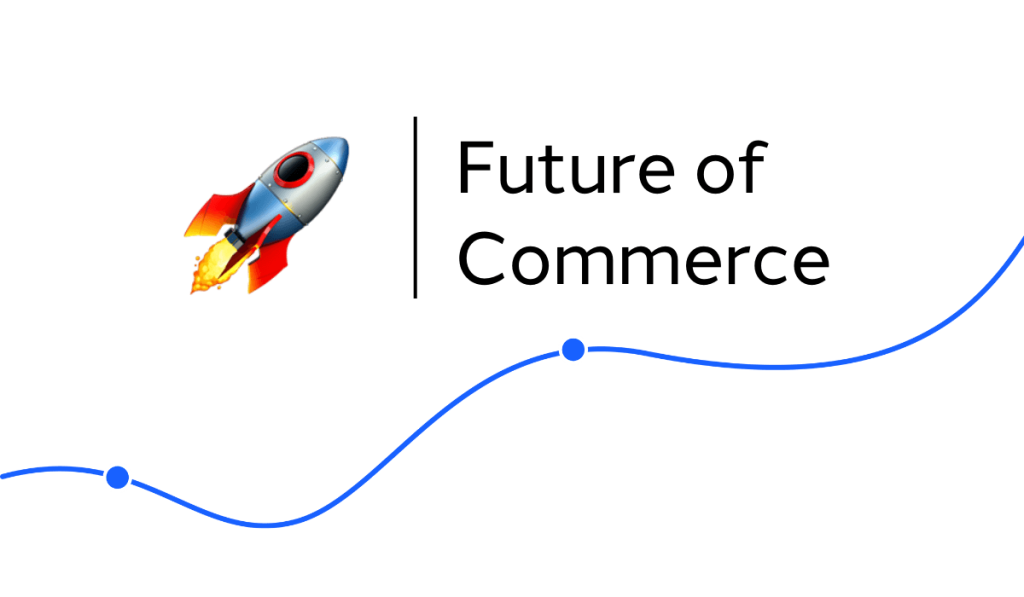Welcome to Katalys Connect – your weekly shortcut to the latest in performance marketing.
[Read time: 4 minutes]
What’s in this issue? Each Tuesday, we pack the latest trends, actionable insights, and industry breakthroughs into a quick read – ensuring you’re not just keeping up, you’re staying ahead.
- Monetization: Explore how Google’s AI-driven search changes and Apple’s Distraction Control force publishers to rethink ad strategies, balancing revenue with user satisfaction amidst evolving digital challenges.
- Growth: Discover how Snapchat, Walmart, and Meta are refining their ad tools with advanced AI and targeting features, driving better engagement, cost efficiency, and more precise campaign optimization.
- The Future of Commerce: Uncover how AI startups are transforming eCommerce, healthcare, and retail with innovative solutions, while Klarna and the FTC are reshaping online shopping and review practices.

Google’s Catch-22 for Publishers • Online publications must now choose between allowing AI to scrape their content or risking their visibility in Google’s search engine, a decision that could reshape their future.
- Google’s AI-generated search answers are causing concern, as they could lead to a 20-60% drop in organic search traffic, deepening financial struggles for online publishers already facing declining ad revenue.
- Publishers find themselves disadvantaged because Google can gather vast amounts of training data for free, while smaller AI startups must pay for similar access, exacerbating the competitive imbalance.
User Power Meets Ad Revenue • Apple’s Distraction Control challenges publishers to rethink user engagement, potentially reshaping the digital advertising landscape.
- This new feature allows Safari users to selectively remove elements like ads and subscription prompts, which could significantly disrupt the revenue models of publishers who rely on these tools to capture user attention and drive sign-ups.
- As browsers prioritize user experience, publishers may need to explore new monetization strategies, like direct ad partnerships or premium content, to balance revenue with user satisfaction.
Predictive Ranking Power • Google’s “Information Gain” score could change how pages rank by predicting what users want to see next, focusing on relevance over the sheer volume of information.
- The recently obtained Information Gain patent is focused on determining what a user might be interested in next, refining how AI-driven search results serve content.
- This encourages a shift from keyword stuffing to focused, topic-driven content, helping SEOs and publishers align with AI-driven search processes and potentially improve rankings by anticipating user needs.

Ad Innovations Pay Off • Snapchat’s latest tools and updates are helping advertisers optimize campaigns, cut costs, and tap into its younger audience with advanced AR and AI features.
- The platform’s Lead Gen Ads now offer enhanced lead optimization and Zapier integration, resulting in a 69% reduction in cost-per-lead and a 62% increase in lead form submissions – giving advertisers more efficient ways to build direct outreach pipelines.
- Advanced AR ad options like “First Lens Unlimited” and new generative AI tools are driving better engagement, with AR campaigns delivering 1.6x higher ad awareness and 5x more active attention compared to standard video ads alone.
Walmart’s Q2 Ad Surge • Walmart’s global ad business surged 26% in Q2, with U.S. growth hitting 30%, driven by third-party marketplace sellers and new advertising formats.
- Their ad revenue from third-party marketplace sellers increased nearly 50% year-over-year, highlighting the strength of its marketplace model in boosting ad performance. loyalty, with 73% of consumers—especially in communities like students, military, and healthcare workers—feeling more attached to brands that recognize them with exclusive offers.
- Walmart is expanding its advertising reach with innovative formats like in-store TV walls and self-checkout kiosk ads, while collaborations with broadcasters like Disney enhance ad targeting by leveraging shopper data for more precise and effective TV campaigns.
Smarter Targeting • Meta is enhancing its ad attribution and targeting processes to better link ads to conversions and optimize campaigns with more precise data.
- Meta is planning on introducing “Conversion Value Rules,” which will allow businesses to prioritize specific customer segments within the same campaign- improving targeting and reducing the need for manual segmentation.
- Meta also plans to integrate CRM data directly with its ad system, beginning with Google Analytics and Northbeam, allowing for more tailored ad targeting and improved alignment with business goals over time.

AI Startups Offering Solutions • From eCommerce to healthcare, AI-driven solutions are gaining traction, with companies like Zapata, MySize, and PayZen leading the charge in tackling industry challenges.
- Zapata AI and MySize Inc. both reported significant revenue growth in Q2, with Zapata increasing by 40% due to its quantum-inspired AI solutions despite higher losses, and MySize rising by 53%, driven by its AI-powered sizing technology that reduces eCommerce product returns and boosts customer satisfaction.
- PayZen secured $232 million in new funding to expand its AI platform that creates personalized payment plans, addressing the rising costs of healthcare in the U.S., with the company seeing a sixfold revenue increase and strong client retention.
Klarna Goes Shopping • Klarna is transforming its app into a comprehensive shopping hub, using eCommerce to fuel its BNPL growth and fend off regulatory pressures.
- Klarna’s shift into eCommerce, including its acquisition of social shopping platform Hero, allows it to provide a personalized online shopping experience, bridging the gap between digital and physical retail, and potentially reducing cart abandonment by 40%.
- As regulators and competitors like PayPal and Apple intensify pressure on the BNPL market, Klarna’s diversification into eCommerce aims to stabilize its revenue stream and position it as a potential eCommerce “super app” in the rapidly evolving digital marketplace.
FTC Cracks Down • A new FTC rule bans deceptive practices like AI-generated reviews, aiming to clean up the online review ecosystem and restore consumer trust.
- The FTC’s new rule bans all fake reviews, including AI-generated ones, prohibits businesses from buying or selling reviews, and imposes penalties up to $51,744 per violation; it also requires company insiders to disclose their connections and forbids creating fake independent review sites.
- The rule also outlaws deceptive practices such as censoring negative reviews, using threats to suppress criticism, and manipulating engagement metrics like social media followers and likes through bots, marking a significant step in restoring transparency and trust in online reviews.


